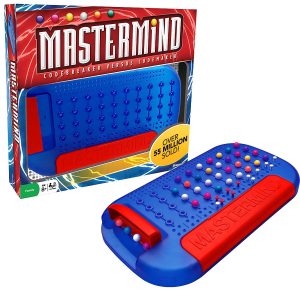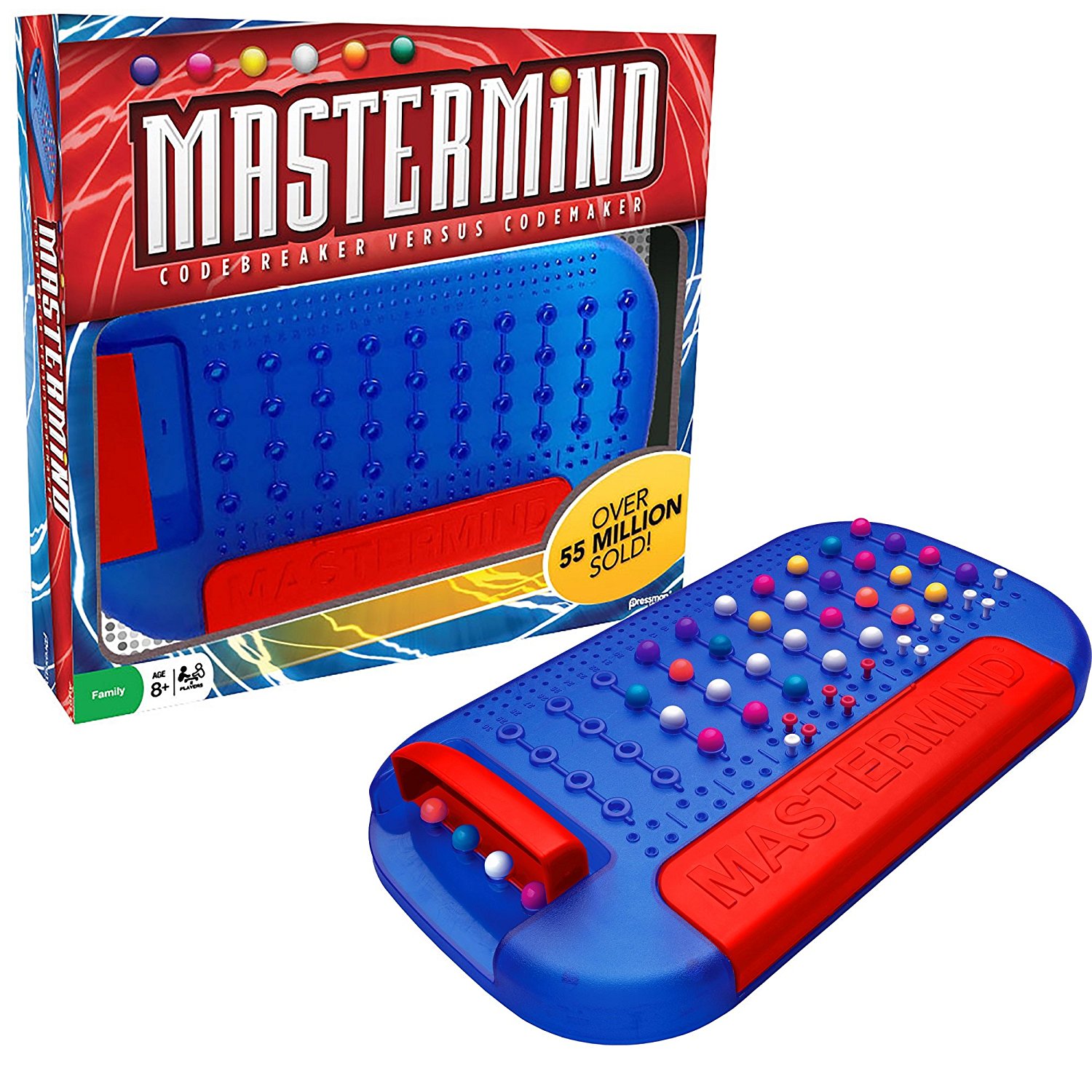
One of the easiest and most enjoyable ways to exercise the mind is by playing a game. And a perfect game for having puzzling and riddle fun is with Mastermind. Since 1970, the game has been challenging players to each break his opponent’s code before the time it takes his opponent to break his own. Similar to an older game called Cows and Bulls, Mastermind not only entertainingly tests a player’s logic and deduction skills, but also strengthens them.
As a parent, the game is great to play with kids. It is easy to learn and quick to play. It will help sharpen and keep your brain in shape, while spending fun, quality time with them too. Plus, the game will certainly help remind you just how clever your kids actually are; and how you, as a parent, better keep your mind in shape. (smile)
Mastermind is a two-player game and begins by choosing the first player to be the ‘codemaker’. The other player is the ‘codebreaker’. After a round is over, players change roles. The codemaker is then the codebreaker, and vice versa.
A game is considered two rounds; each player having a turn as both a codemaker and codebreaker. The winner of the game is the player who solved his opponent’s code in the fewest turns. The winner could also be the player who won the best out of a predetermined number of games.
To begin play, the codemaker secretly places four of the colored code pegs in his shielded area on the code board. The pegs can be any combination of six available colors.
The codebreaker then chooses four colored pegs and places them in the first row on the board. This is his attempt to correctly break the code. The code is correctly broken if all four colors are accurately matched, and positioned in the exact spot, as the codemaker placed them.
Depending on any correctly chosen colors and/or positioned pegs of the codebreaker’s, the codemaker places ‘key pegs’ on the side. For most games, the key pegs are white or red.
- If the codemaker places a RED key peg, it means the codebreaker has matched a color and it is also correctly positioned.
- If the codemaker places a WHITE key peg, it means the codebreaker has matched a color, ONLY.
- If the codemaker does not place any key pegs on the side of the code board, it means the codebreaker has not identified any correct colored pegs.
The codebreaker continues his attempt to correctly break the code by placing other sets of code pegs in the following rows of the first. From the feedback (the key pegs) of the codemaker, the codebreaker can deduce and eventually break the code. Upon doing so, the codemaker would place 4 RED key pegs and lift his shield. The codemaker receives one point for each row used by the codebreaker to determine the code.
If the codebreaker cannot solve the code with the amount of rows on the code board (10), then the round is over and the codemaker receives 11 points.
Mastermind challenges and works the mind in an amusing and fun way.
The benefits from playing are definitely worth finding a game and playing today!
Treasure the Adventure!


It’s a fun, quick to learn, inexpensive game…..and definitely gets you thinking! Have a great time playing….
Thanks (At the Top) for the game suggestion of SET….. appreciate it!